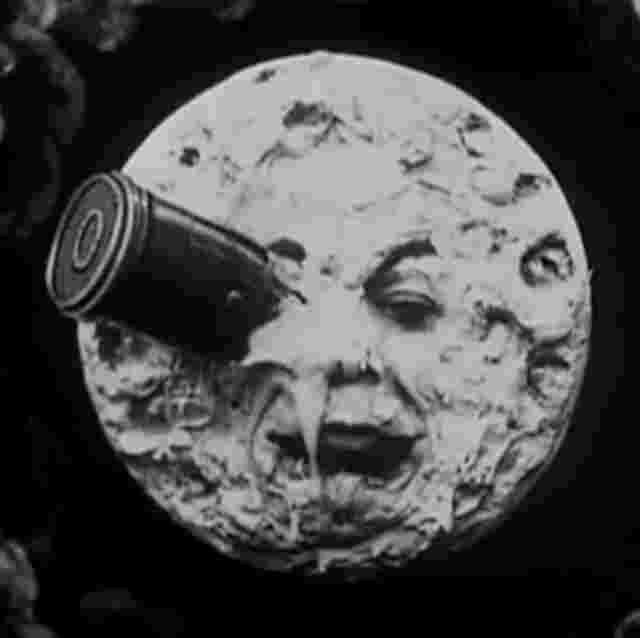Most creative works are protected by copyright for a very long time, but not all and not forever. Those works not protected are said to be in the public domain. Once in the public domain, others can use the works without needing to obtain permission from (or pay royalties or license fees to) the owner or creator of the work. Sounds like heaven, but how do you determine if something is in the public domain before you get hit in the eye with a cease and desist from the copyright owner?
First, check if the subject matter is even eligible for copyright protection. Materials that are generally not eligible for federal copyright protection include:
- works that have not been fixed in a tangible form of expression (for example, spontaneous or improvisational speeches or performances that are not written or recorded);
- titles, names, short phrases, and slogans; familiar symbols or designs; mere variations of typographic ornamentation, lettering, or coloring (Remember: we’re talking about copyright – not trademark- here);
- mere listings of ingredients or contents;
- ideas, procedures, methods, systems, processes, concepts, principles, discoveries, or devices, as distinguished from a description, explanation, or illustration
- works consisting entirely of information that is common property and containing no original authorship (for example, standard calendars, height and weight charts, tape measures and rulers).
Second, determine who the creator might be of the work. Works by the U.S. government are not eligible for U.S. copyright protection, including the opinions of the Supreme Court. In fact, for a long time in those non-copyrightable opinions, courts found that the law is always in the public domain, whether it consists of government statutes, or federal or state judicial decisions.
But this does not necessarily extend to everything from state governments or foreign governments, model codes, or if the work comes within the scope of a presidential proclamation.
Publishers of model codes have claimed copyright in these sample laws that different bodies of government could enact. These publishers often put copyright notices on such codes to show their belief that they are owners. However, a federal appellate court found that although the publisher owns copyrights in the model codes as model codes, once the proposed statutes or regulations are enacted into law, they enter the public domain. So if it is a sample law, it may be copyrighted; if it is actual law, it is public domain.
Finally, if it once was protected by copyright, the term of protection may have expired. Thanks to some changes in copyright statutes over the years, it can get complicated to determine if something is in or out of public domain if it was created in the mid-1900’s. There used to be requirements for renewals
and notices, some of which have been waived. Some quick rules of thumb are if a work was registered or published before 1923, it is now in the public domain. If it is created in the US after 2002, it is copyrighted. Anything created in the US between 1923 and 2002 or overseas after 1923, well, then you need to look at something like this chart from Cornell University (or contact your friendly copyright attorney), but you may want to assume it is covered until you find something that shows it isn’t.
Now that I have made that clear as mud, that should tell you that it isn’t as simple as “I found it on the Internet so it should be fine!” On the other hand, A Trip to the Moon, Shakespeare and Jane Austen are fair game. So go ahead and download those classics for free. Next week, we’ll discuss what happens if you create something based on them (There is method to my madness).


